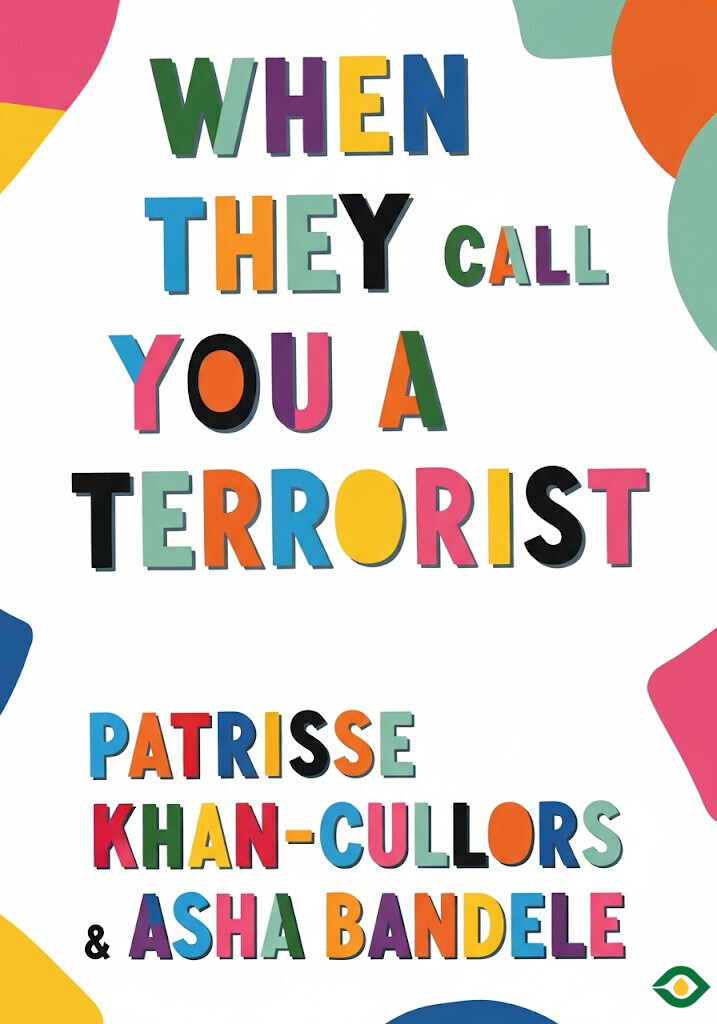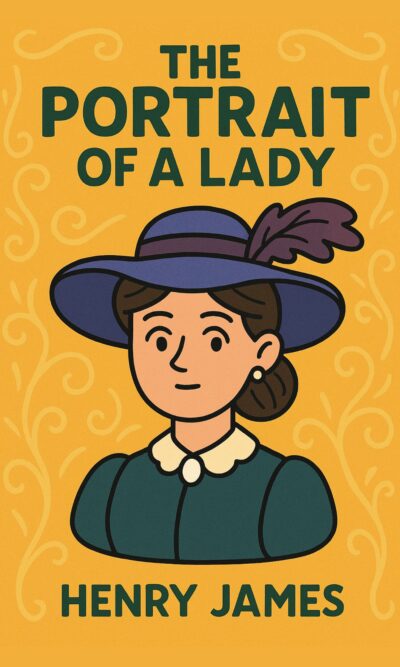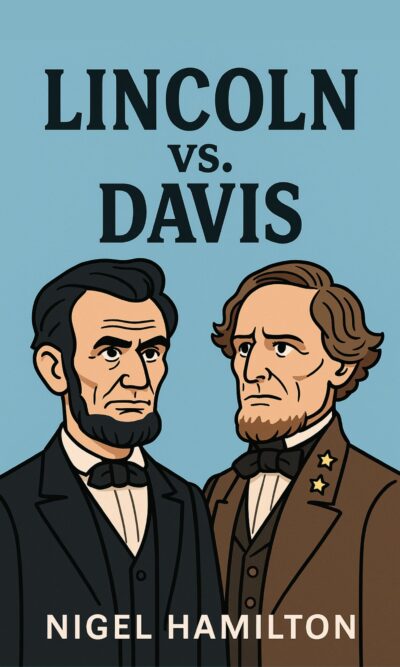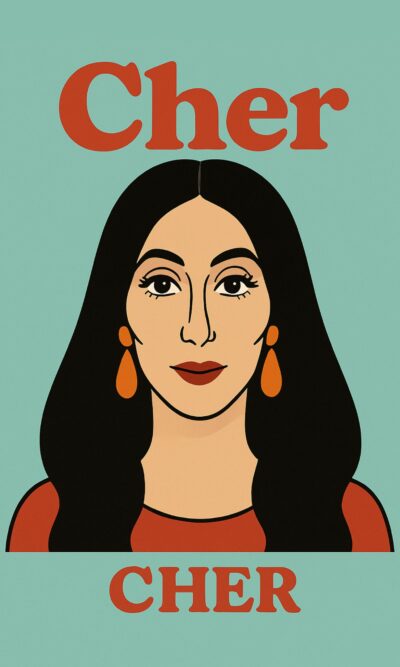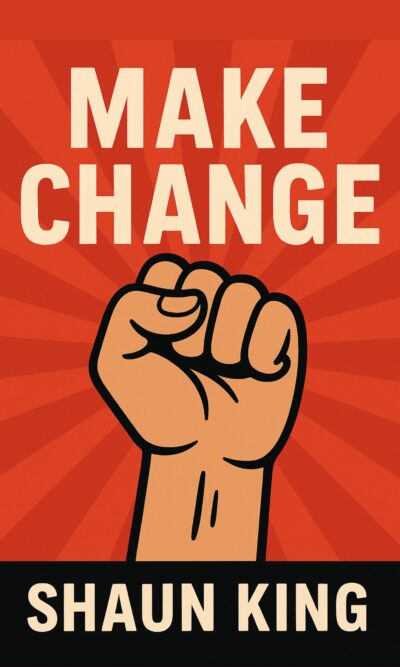Description
This book is the deeply personal story of Patrisse Khan-Cullors, one of the women who helped create the movement that shook the world. It is not just about her life, but also about the experiences of her family and community. Through her eyes, we see the everyday struggles of being Black in America, where poverty, police surveillance, and discrimination are constant realities.
From the very beginning, Patrisse’s childhood was marked by hardship. Her mother worked long hours at multiple jobs but still struggled to put food on the table. Sometimes, the family had nothing but cereal with water, because they could not even afford milk. Their refrigerator was broken, and their landlord refused to fix it. Grocery stores with fresh food were absent from the neighborhood. Instead, there were only corner stores and fast-food chains. Growing up hungry was part of her reality, and so was the knowledge that society did not care to provide for children like her.
But hunger was not the only challenge. From an early age, she also came face-to-face with the harsh presence of the police. In her neighborhood, the police were not a source of safety; they were a source of fear. She watched her brothers and their friends shoved against walls, searched, and humiliated for no reason. One of her earliest memories was seeing her 12-year-old brother frisked by officers just for standing outside. The lesson was clear: in communities like hers, the police were there to control, not protect.
School was not a refuge either. While white children often got second chances for mistakes, Black children were punished swiftly and harshly. Suspensions, expulsions, and arrests inside schools were common. Patrisse saw the difference when she moved between schools. At a mostly white school, students might smoke weed and face no consequences. But when she tried the same at a Black-majority summer school, she was handcuffed and arrested at the age of 12. For her, the classroom felt more like a prison than a place of learning. Metal detectors, police dogs, and armed guards were a normal part of education for Black children, while white children were spared from that level of surveillance.
As she grew older, Patrisse realized how easily society labeled poor families like hers as failures. When her stepfather lost his job at a car factory, he could not find meaningful work again. His role as a provider was stripped from him, and shame pushed him away from the family. To many, it looked like abandonment, but Patrisse understood that systemic problems were to blame. Jobs disappeared, wages fell, and whole communities were left without stability. Poverty was not a personal flaw; it was the result of decisions made far above them.
Addiction also haunted her family. Her biological father struggled with drugs. She accompanied him to recovery meetings, where people were told they alone were responsible for their addictions. But Patrisse wondered why society ignored the deeper causes. Why were communities like hers stripped of resources, after-school programs, and creative outlets? Why was there no investment in young people, only punishment when they slipped? Addiction, she saw, was not just an individual problem, but a symptom of neglect.
The theme of neglect continued in the justice system. By the time she was sixteen, both her father and her older brother were in prison. Her father’s crime was drug use, yet instead of receiving treatment, he was locked up. To reduce his sentence, he was forced to fight California’s dangerous wildfires, risking his life for the chance at freedom. Her brother Monte also ended up behind bars, even though he suffered from serious mental illness. He was sentenced for trying to enter a home through a window, an act tied more to his condition than to criminal intent. Prison worsened his health—he was isolated, denied medication, and treated as disposable. Patrisse later learned that more mentally ill people are kept in prisons than in hospitals in America.
These personal experiences built her awareness of injustice, but the turning point came when her brother faced a life sentence under California’s “three strikes” law. During a mental health episode, Monte shouted at a white woman, and prosecutors charged him with terrorism. Patrisse could not accept this. She organized, raised money for a lawyer, and won a reduction in his sentence. This victory showed her that resistance was possible, even in the face of overwhelming odds.
Then came the event that transformed her private fight into a global cause: the killing of Trayvon Martin in 2012. Trayvon was only 17, walking home with candy and a drink, when George Zimmerman shot him. When Zimmerman was acquitted, Patrisse, along with Alicia Garza and Opal Tometi, knew they had to act. They began sharing the message that Black lives matter, words that quickly spread far beyond their community.
The movement that followed was not just about one boy or one family. It was about a system that regularly took the lives of Black men and women without accountability. The names kept adding up: Eric Garner, suffocated for selling loose cigarettes; John Crawford, killed in a store for holding a toy gun; countless others who became hashtags, reminders of the scale of injustice. The movement sought to break the cycle of silence and force the world to look at the truth.
At its heart, the movement was not only about protest, but also about love and inclusion. Patrisse believed in lifting up every voice, especially those often ignored within Black communities: queer voices, trans voices, non-gender-conforming voices. She wanted the fight for justice to be a fight for everyone’s dignity, not just for a select few. The vision was broad: an America where no one has to fear the police, where children can grow up free of hunger and humiliation, and where opportunity is not defined by race or zip code.
Through her story, Patrisse shows how personal pain can become a source of collective power. Her life reflects the reality of many families, caught in cycles of poverty, punishment, and loss. Yet instead of surrendering, she chose to turn her experiences into action. She teaches us that activism is not born out of theory—it is born out of lived experiences, out of seeing loved ones suffer and refusing to let it continue.
The book reminds us that racism is not just about individual bias. It is woven into systems: schools that criminalize children, courts that lock up the sick, neighborhoods starved of resources, and police who act as soldiers in communities of color. Change requires more than sympathy; it requires dismantling these systems and rebuilding something more just.
In the end, Patrisse’s story is about resilience. Despite facing poverty, family breakdown, addiction, incarceration, and constant discrimination, she rose to become a leader whose voice echoed across the world. Her story shows that ordinary people can spark extraordinary change, even when the odds seem impossible. And it leaves us with a simple but urgent message: justice is not optional. It is the right of every human being.

